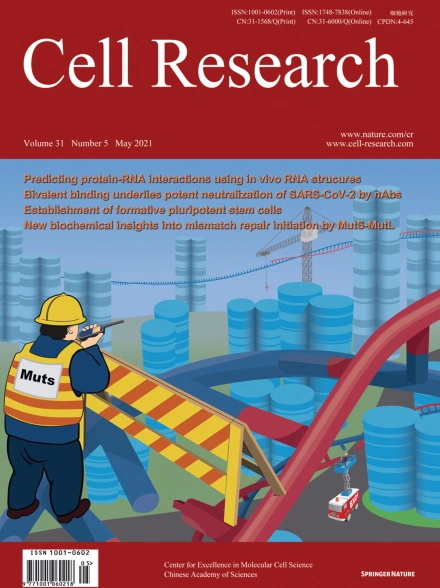
Advanced Search
Submit Manuscript
Advanced Search
Submit Manuscript
Volume 31, No 5, May 2021
ISSN: 1001-0602
EISSN: 1748-7838 2018
impact factor 17.848*
(Clarivate Analytics, 2019)
Volume 31 Issue 5, May 2021: 554-568 |
Tissue-specific transcriptional imprinting and heterogeneity in human innate lymphoid cells revealed by full-length single-cell RNA-sequencing
Luca Mazzurana1 , Paulo Czarnewski2 , Viktor Jonsson3 , Leif Wigge3 , Markus Ringnér4 , Teresa C. Williams1 , Avinash Ravindran5 , Åsa K. Björklund6 , Jesper Säfholm7 , Gunnar Nilsson5 , Sven-Erik Dahlén7 , Ann-Charlotte Orre8 , Mamdoh Al-Ameri8,9 , Charlotte Höög10 , Charlotte Hedin10,11 , Sylwester Szczegielniak11 , Sven Almer10,11 , Jenny Mjösberg1,*
1Department of Medicine, Center for Infectious Medicine, Karolinska Institutet, Stockholm, SwedenThe impact of the microenvironment on innate lymphoid cell (ILC)-mediated immunity in humans remains largely unknown. Here we used full-length Smart-seq2 single-cell RNA-sequencing to unravel tissue-specific transcriptional profiles and heterogeneity of CD127+ ILCs across four human tissues. Correlation analysis identified gene modules characterizing the migratory properties of tonsil and blood ILCs, and signatures of tissue-residency, activation and modified metabolism in colon and lung ILCs. Trajectory analysis revealed potential differentiation pathways from circulating and tissue-resident naïve ILCs to a spectrum of mature ILC subsets. In the lung we identified both CRTH2+ and CRTH2− ILC2 with lung-specific signatures, which could be recapitulated by alarmin-exposure of circulating ILC2. Finally, we describe unique TCR-V(D)J-rearrangement patterns of blood ILC1-like cells, revealing a subset of potentially immature ILCs with TCR-δ rearrangement. Our study provides a useful resource for in-depth understanding of ILC-mediated immunity in humans, with implications for disease.
https://doi.org/10.1038/s41422-020-00445-x